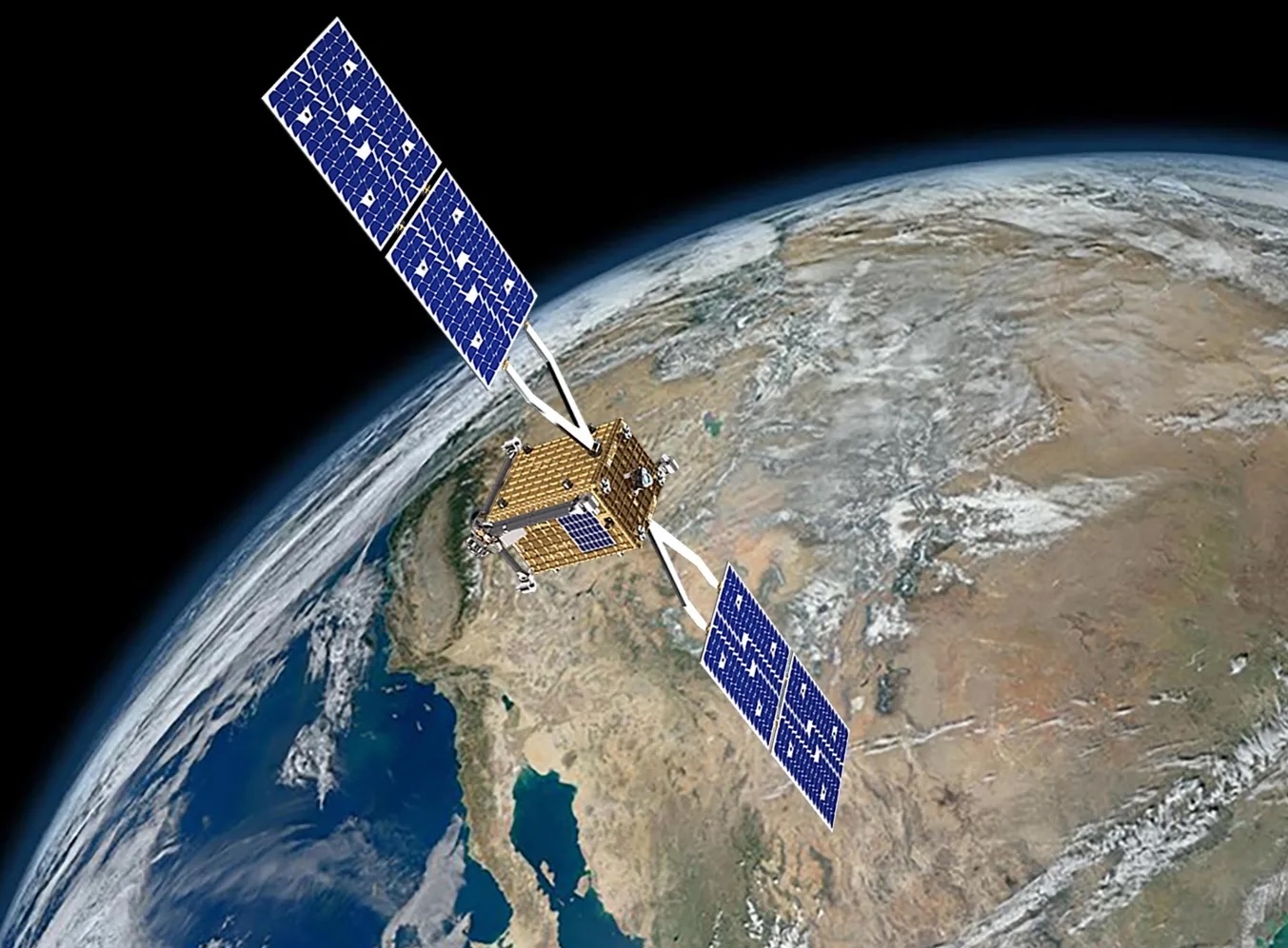29.09.2024

WASHINGTON — NASA awarded a $15 million contract to Starfish Space to fund development of a debris inspection mission as the agency examines the future of a bigger satellite servicing project.
NASA announced Sept. 25 that it awarded a Phase 3 Small Business Innovation Research (SBIR) contract to Seattle-based Starfish Space to complete development of a mission called Small Spacecraft Propulsion and Inspection Capability, or SSPICY, scheduled for launch in late 2026.
SSPICY will use the company’s Otter spacecraft, roughly the size of a kitchen oven, to approach and inspect several U.S.-owned defunct spacecraft in low Earth orbit using electric propulsion. The Otter vehicle will come within a few hundred meters of each spacecraft, observing its condition before moving on to the next object.
“The SSPICY mission is designed to mature technologies needed for U.S. commercial capabilities for satellite servicing and logistics or disposal,” said Bo Naasz, senior technical lead for in-space servicing, manufacturing, and assembly in NASA’s Space Technology Mission Directorate, in an agency statement.
Starfish Space said it has a list of potential objects that the SSPICY mission will visit, but did not disclose them. The spacecraft will only approach those objects whose owners have granted permission for the inspections.
“Collaborating with NASA on this mission will allow us to push the boundaries of satellite servicing,” Trevor Bennett, co-founder of Starfish Space, said in a statement. ““By advancing the inspection and analysis of satellites on orbit, we are helping to transition the industry from a single-use spacecraft model to one where spacecraft can be serviced, maintained, and even assembled autonomously in space.”
Satellite servicing companies in the U.S. have been urging NASA to fund such missions. They note that similar missions backed by agencies in Europe and Japan are in development or operations. An example is Astroscale’s ADRAS-J mission that is currently inspecting a defunct H-2A upper stage in low Earth orbit as a precursor to a debris removal mission backed by the Japanese space agency JAXA.
“I think what we need to do is to take that leap to say, where can we place some bets with industry to demonstrate technologies that are going to make space sustainability through on-orbit servicing a reality,” said Dave Hebert, senior vice president at Astroscale U.S., during a panel discussion at the Space Logistics Conference Sept. 26.
Future of OSAM-1
Right now, SSPICY is the only NASA-funded flight demonstration of satellite servicing technologies in development, Naasz said during another session of the conference, outside of the On-orbit Servicing, Assembly, and Manufacturing 1 (OSAM-1) project.
However, NASA is planning to cancel OSAM-1, citing cost overruns and schedule delays. The agency announced Sept. 5 that it reaffirmed a cancelation decision announced earlier this year after reviewing a proposed plan that attempted to revise the mission to enable a launch in 2026.
The fate of OSAM-1, though, may lie with Congress, which could choose to continue funding the mission in its final fiscal year 2025 spending bill. On Sept. 19, nine members of Maryland’s congressional delegation announced they sent a letter to NASA seeking more details on the agency’s decision to cancel OSAM-1, which is led by the Goddard Space Flight Center in the state.
“We are currently witnessing a commercial boom in space launches, and it is critical that NASA commits to the priority of controlling the growth of orbital debris, especially during a time when private actors may not feel incentivized to do so,” the members wrote in the letter, which asked for copies of the agency plan to launch OSAM-1 in 2026 and other details about the agency’s decision to cancel the mission.
For the time being, work on OSAM-1 continues. “The project is continuing until Congress makes a decision on the cancelation,” said Jill McGuire, associate director of Goddard’s Exploration and In-Space Services Projects Division, at the conference. “The majority of it is complete,” with plans to install a robotic arm next week after it complete thermal vacuum testing.
When NASA announced it was upholding its decision to cancel OSAM-1, it released a request for information (RFI) seeking concepts for “alternate use cases” for the spacecraft. Responses to the RFI are due to NASA on Sept. 30.
McGuire said an agency team will review the responses and deliver a report to agency leadership. “Once NASA management gets that data, they will make a decision as to how to go forward,” she said. “That’s really all we know at this time.”
Quelle: SN
